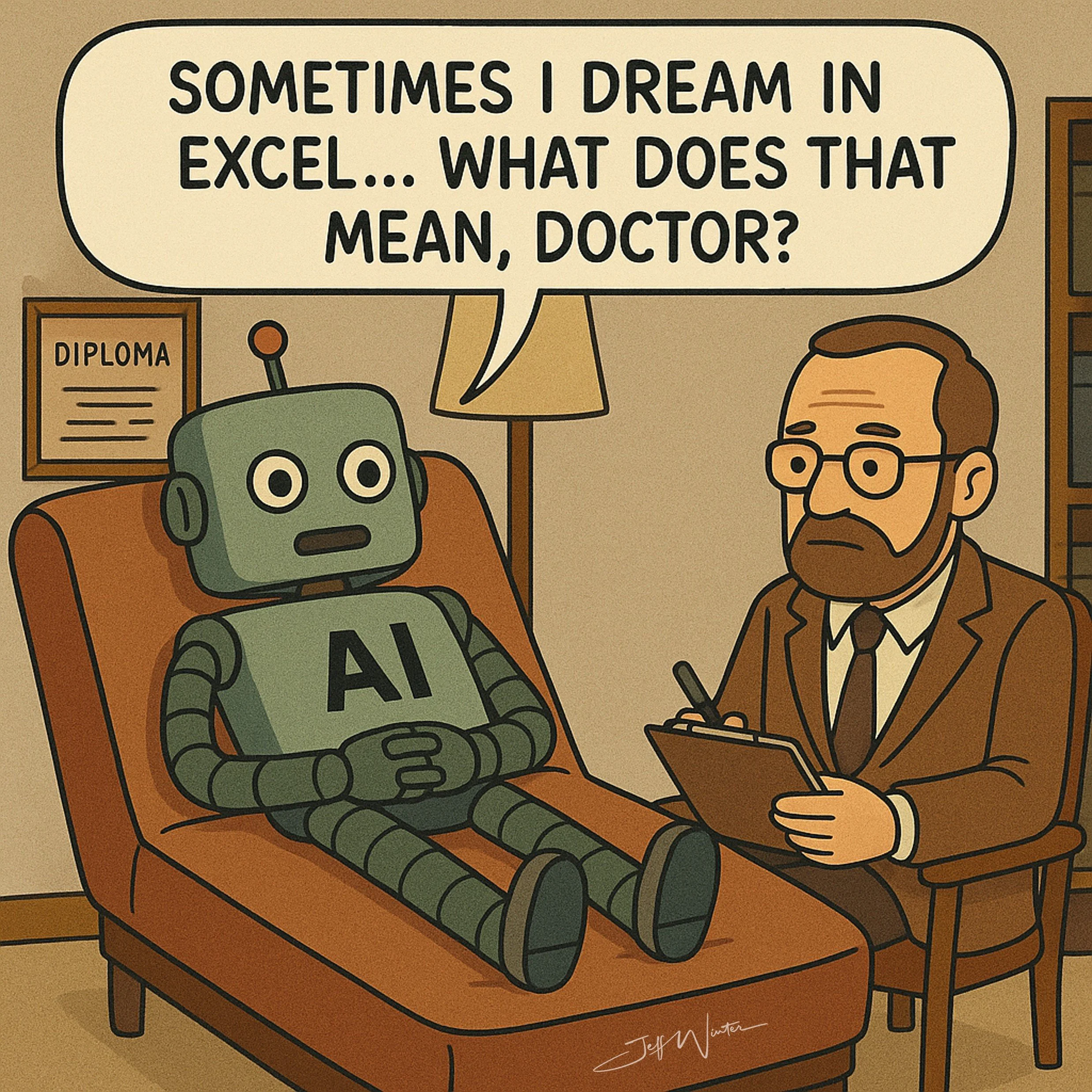When the Tool You Love Is Secretly Holding You Back
very business has a handful of tools it depends on so completely that their absence would feel like a crisis. They are the tools you open without thinking, the ones that live permanently on your desktop, and the ones you assume will always be there to save the day.
But what if one of those tools, the one you think of as your greatest ally, is actually keeping you from reaching your potential? Not because it is outdated, broken, or inadequate, but because it is so good at what it does that it conceals deeper problems.
For many organizations, that tool is Excel.
Excel: The Master of Convenience
It is difficult to overstate Excel’s usefulness. It is flexible, fast, and familiar to almost everyone. You can use it to analyze sales data, track project milestones, plan budgets, manage inventory, or consolidate information from multiple sources.
Its adaptability is unmatched. You can make it fit almost any need, from quick calculations to complex modeling. The trouble is that this same adaptability also makes it dangerously easy to avoid solving the root problems in your systems. When a process does not work properly, Excel can absorb the issue. When two systems do not integrate, you can paste the data together. When a task is missing structure, you can add another tab, another formula, another workaround.
Each quick fix feels harmless in the moment, but over time they stack into a fragile, undocumented system that quietly depends on individual knowledge rather than shared process.
The Hidden Complexity Beneath the Grid
Beneath the neatly organized rows and columns of a spreadsheet often lies a tangled reality. The logic that keeps the file working may exist only in the mind of one person. Workarounds that were meant to be temporary may have become permanent. Data may be stitched together from systems that were never designed to work together, requiring manual updates and reconciliation.
Even small changes can cause serious problems. Moving a column, altering a formula, or importing data in an unexpected format can break entire sections. Because the spreadsheet still “looks” fine until something stops working, these risks often go unnoticed.
When AI Meets the Spreadsheet
The hidden weaknesses of spreadsheets become especially problematic when organizations start introducing artificial intelligence into their operations. AI is only as good as the data it receives. If that data comes from a patchwork of spreadsheets, then it inherits all of the inconsistencies, errors, and missing context that live in those files.
Without a single source of truth, AI has no reliable foundation to build upon. It may generate insights that sound convincing but are based on flawed assumptions. It may draw conclusions from patterns that exist only because of quirks in the way the spreadsheet was built or updated. When the foundation is unstable, the intelligence built on it will always be artificial in the most literal sense.
The Hidden Costs of “It Works”
The phrase “it works for us” often means “we have figured out how to keep it going for now.” This mindset keeps organizations tied to spreadsheets for tasks like production scheduling, quality tracking, inventory control, and forecasting.
The cost of doing so is rarely calculated, but it shows up in many ways. Decisions take longer because teams wait for spreadsheets to be updated. Errors creep in through manual entry and propagate unnoticed. Data is siloed across multiple files, preventing a complete view of the business. And scalability becomes a major challenge as volumes increase.
Perhaps the most dangerous cost is the single point of failure that occurs when the person who maintains the spreadsheet leaves, taking with them the knowledge needed to keep it working.
Escaping the Spreadsheet Trap
Breaking the cycle of dependency on spreadsheets does not mean abandoning Excel entirely. It will always have value for analysis, modeling, and ad hoc problem solving. The goal is to move core, repeatable business processes into systems that are integrated, automated, and built for long-term scalability.
A good starting point is to audit your current spreadsheets. Identify which ones are mission-critical, who owns them, how often they are updated, and how often they cause confusion or errors.
Once you understand your current state, focus on standardizing data. Establish consistent definitions, formats, and naming conventions. This alone will reduce errors and make it easier to migrate to other systems.
Next, invest in purpose-built platforms for specific needs, such as an MES for manufacturing execution, an ERP for integrated operations, or a CRM for customer relationships. A centralized data platform can serve as the hub, ensuring that all systems share the same information.
Finally, build processes and documentation that outlive any single person. The goal is for new team members to be able to step in without needing hours of one-on-one explanation just to understand how a file works.
Moving away from spreadsheet dependency is not simply a technology change. It is a mindset shift. Excel gives people a feeling of control because they can see the numbers and manipulate them directly. But true scalability and resilience come from trusting systems that enforce consistency, even when they require more discipline to set up.
Letting go of the ability to make constant, unstructured changes can feel restrictive at first. Over time, it becomes liberating because the process no longer depends on constant manual intervention.
Knowing When to Act
If you are unsure whether your use of Excel has become a liability, ask yourself three questions.
Could someone new to the team understand the process without extensive explanation?
Could it handle ten times the current workload without breaking?
Could it continue to function if the person who manages it left tomorrow?
If the answer to any of these is no, it is time to start building a stronger foundation.

